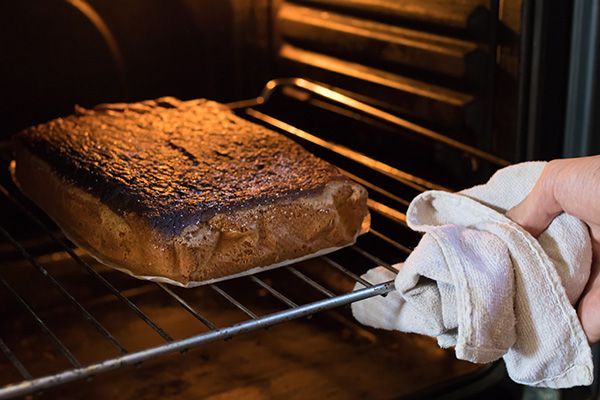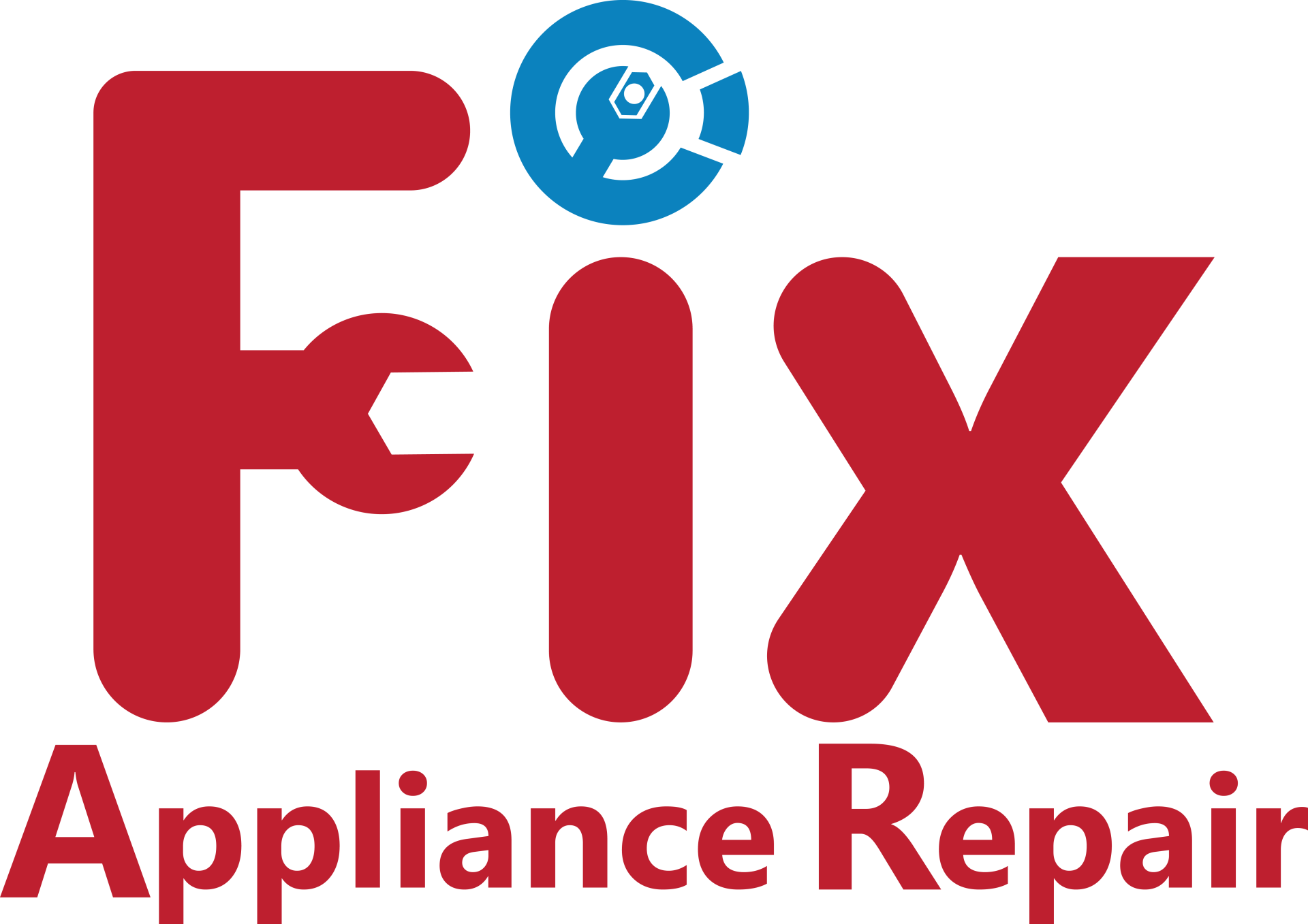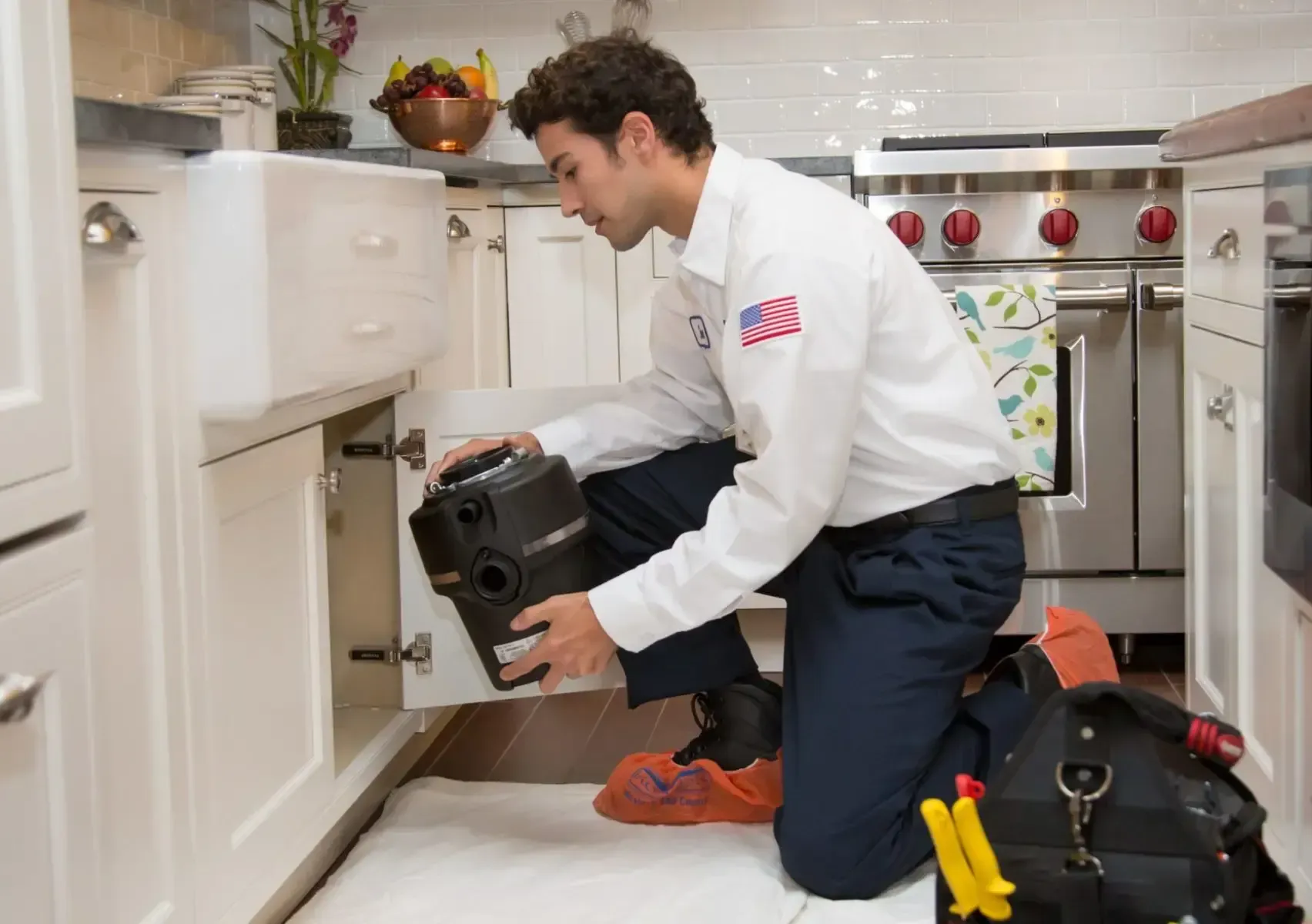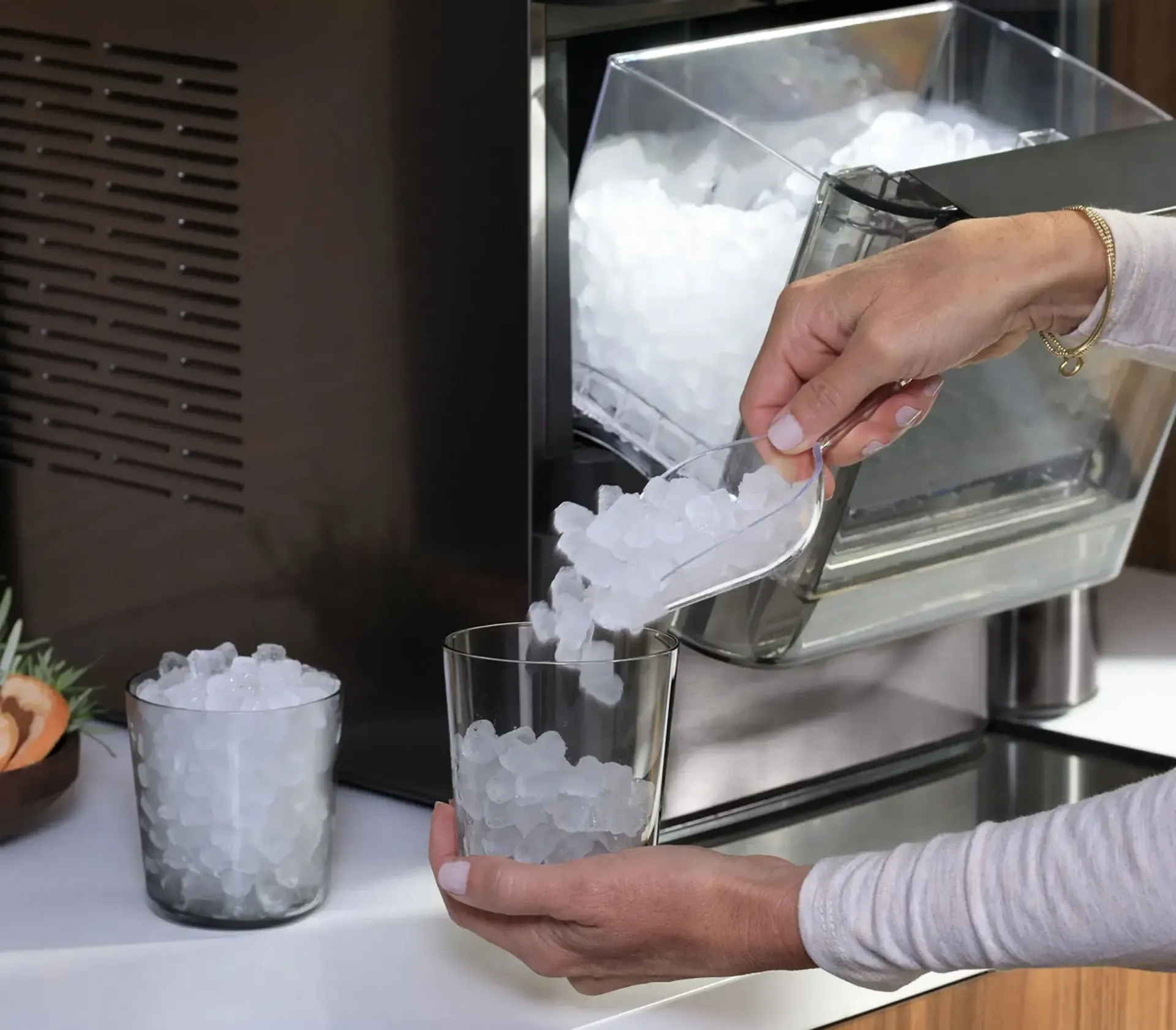The kitchen is the heart of the home, and the oven is its reliable engine. However, like all appliances, it can sometimes act up, leading to meals that are overcooked, undercooked, or not cooked at all. In this guide, we’re going to tackle some of the most common oven problems and provide resources that will help resolve these issues.
How to Identify and Address Common Oven Problems
Look through the common oven problems below and see our tips for diagnosing oven problems as well as troubleshooting and resolving them.
Uneven Cooking in Your Oven
Wolf oven uneven cooking could stem from several issues, such as improper oven calibration, oven dirtiness, rack positioning, or defective oven parts. Calibration issues may cause sporadic, uneven heating due to a misaligned thermostat; adjustments or professional calibration could help. An unclean oven, with accumulated food debris and grime, might hinder heat circulation, thereby causing uneven cooking.
Cleaning the oven thoroughly can remedy this. Inappropriate oven rack positioning may obstruct proper heat reach to the dish, resulting in uneven cooking. Adjusting the dish’s rack position could help. Lastly, malfunctioning parts like the thermostat, heating element, or oven fan can lead to uneven cooking. If any of these parts are suspected to be faulty, professional assistance is advised. Remember, regular cleaning and proper rack positioning can ensure optimal oven performance.

Inaccurate Oven Temperature
Oven temperature inaccuracies can be due to various reasons such as a faulty oven bake element, the need for oven calibration, a faulty igniter (in gas ovens), a burned-out broil element, oven control board issues, or an inaccurate temperature control thermostat.
The bake element, usually a metal coil at the oven’s bottom, might cause temperature issues if it’s not heating correctly. Signs of a faulty bake element include visible damage or it not glowing red when switched on. The temperature control thermostat and igniter in gas ovens are also critical for accurate temperature regulation. Problems with these can result in undercooked or unevenly cooked food. Calibration issues, which could cause the oven temperature to be off by more than 35 degrees Fahrenheit, can often be fixed via manual adjustment or digital control panel settings. Burned-out broil elements and defective oven control boards can similarly affect temperature regulation.
Oven’s Self-Cleaning Feature Doesn’t Work
The self-cleaning function is a convenient feature of many modern ovens, but it can sometimes fail. When this happens, it’s not the end of the world. There are natural ways to clean your oven and keep it functioning optimally, and in most cases, we’d actually recommend avoiding the self-cleaning feature as the high heat can occasionally cause damage to some of the electronic components.
Oven Isn’t Turning On
An oven that won’t turn on can be due to several reasons such as power issues, delayed or timed bake settings, a faulty door switch, thermal fuse failure, a faulty gas oven igniter, or control board problems. Power issues, including an unplugged cord, a tripped circuit breaker, or a blown fuse, can prevent the oven from turning on. Unintended use of the delayed or timed bake feature might also leave you with an unresponsive oven until the specified start time.
Oven door switches are critical safety features that could malfunction, leading to the oven not recognizing a closed door and thus refusing to operate. Overheating protection in the form of a thermal fuse might interrupt the electrical circuit if temperatures rise too high. Gas ovens depend on igniters to light the gas; a weak or faulty igniter may prevent the oven from heating up. Finally, a malfunctioning control board, the oven’s central processing unit, could be at fault if the oven won’t turn on.
Stove Burner Isn’t Lighting
If your Whirlpool gas range burners won’t light, there are four troubleshooting steps you can take. Firstly, clean the problematic burner. Over time, food particles and spills can harden and block the ports around the burner head, preventing it from igniting. Burners should ideally be cleaned monthly with warm, soapy water and a non-scratch scouring pad.
Secondly, check for moisture in the burner, particularly if there’s been a spill or recent cleaning. Drying the burner head thoroughly should solve this issue. Thirdly, ensure the stove’s power source is functioning, as even a gas range needs electricity for the igniter to spark a flame. Check your breaker and ensure the stove is plugged in correctly. Lastly, consider a faulty igniter, which could fail due to dirt or prolonged moisture exposure. If the igniter isn’t clicking when you turn the knob, it likely needs to be replaced. If the burners still won’t ignite after these steps, professional range repair might be necessary.
Knowing how to troubleshoot common oven problems can save you time, money, and stress. While it’s essential to know when to call a professional, understanding the basics can go a long way in maintaining your oven’s longevity and performance. And if you ever do need a professional’s help, remember Fix Appliance Repair is always here to help with your oven service and repair.



